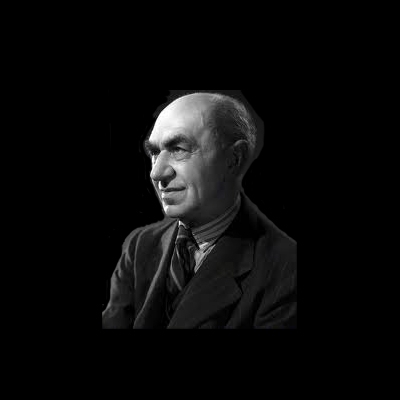

Summary: 1932 - Psychologist Frederic Bartlett Proposes the Schema Theory. Check the Instructional Design Models and Theories: Schema Theory article and presentation to find more.
Who is Frederic Bartlett
Sir Frederic Charles Bartlett (1886–1969) was a British psychologist, the first professor of experimental psychology at the University of Cambridge and one of the precursors of cognitive psychology. The schema theory was one of the leading cognitivist learning theories and was introduced by Bartlett in 1932 and further developed in the ’70s by Richard Anderson. Bartlett advanced this concept to provide a basis for a temporal alternative to traditional spatial storage theories of memory, since schema theory describes the way knowledge is acquired, processed and cerebrally organized.
The Schema Theory Structure
While exploring the recall of Native American folktales, Bartlett noticed that many recalls were not accurate and involved the replacement of unfamiliar information with facts already known. In order to categorize this class of memory errors, Bartlett suggested that human beings apparently possess generic knowledge in the form of unconscious mental structures (schemata) and that these structures produce schematized errors in recall when they interact with incoming information. Thus, it is through schemata that old knowledge influences new information. So, basically, schemata (plural of schema) are psychological concepts that were proposed as a form of mental representation for selected chunks of complex knowledge, which are then stored in the long-term memory.
The key elements of a Schema are:
The practical aspect of Schema TheorySchema theory emphasizes on the importance of generic knowledge that will help the formation of mental representations. In the educational process, the task of teachers would be to help students develop new schemata and establish connections between them –something that will eventually improve their memory. Of course, background information and prior knowledge are vitally important, as well.Schema theory can been applied in various areas, such as:
Join us at the Instructional Design History JourneyA New Instructional Design Model Will Be Added Every Week! You are more than welcome to let us know if you would like us to cover an instructional design model and theory that is not included at Instructional Design Models and Theories. Simply leave a comment at Instructional Design Models and Theories.Last but not least, you are more than welcome to embed the Schema Theory presentation at your site of blog. If you have a question that needs an answer concerning the Schema Theory do not hesitate to leave a comment and I will reply you as soon as possible.